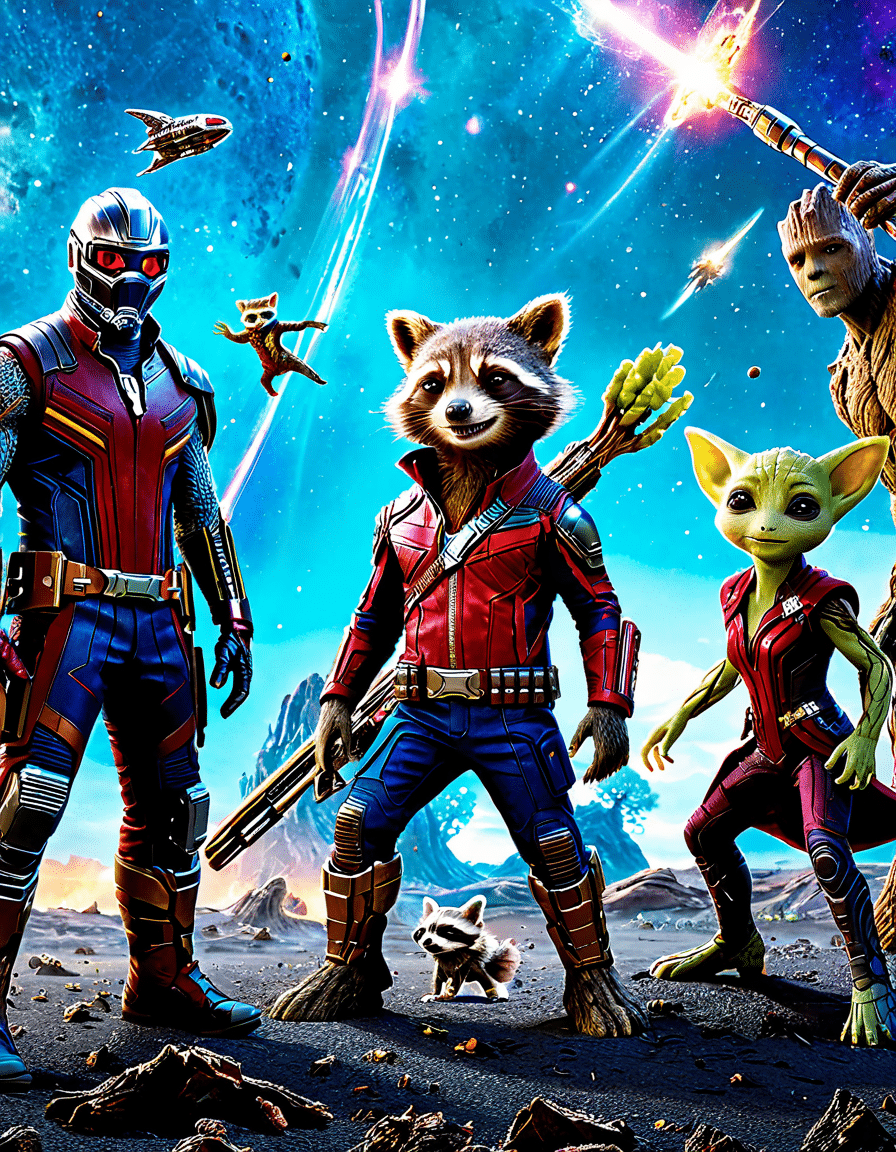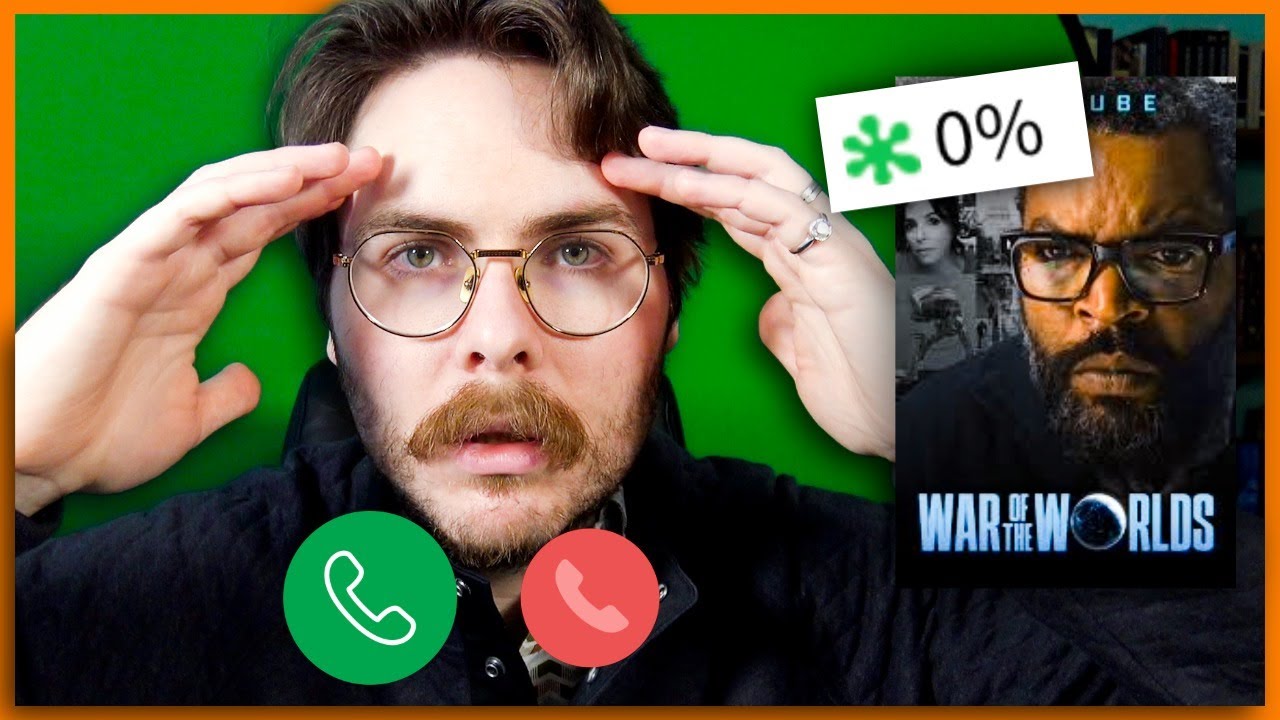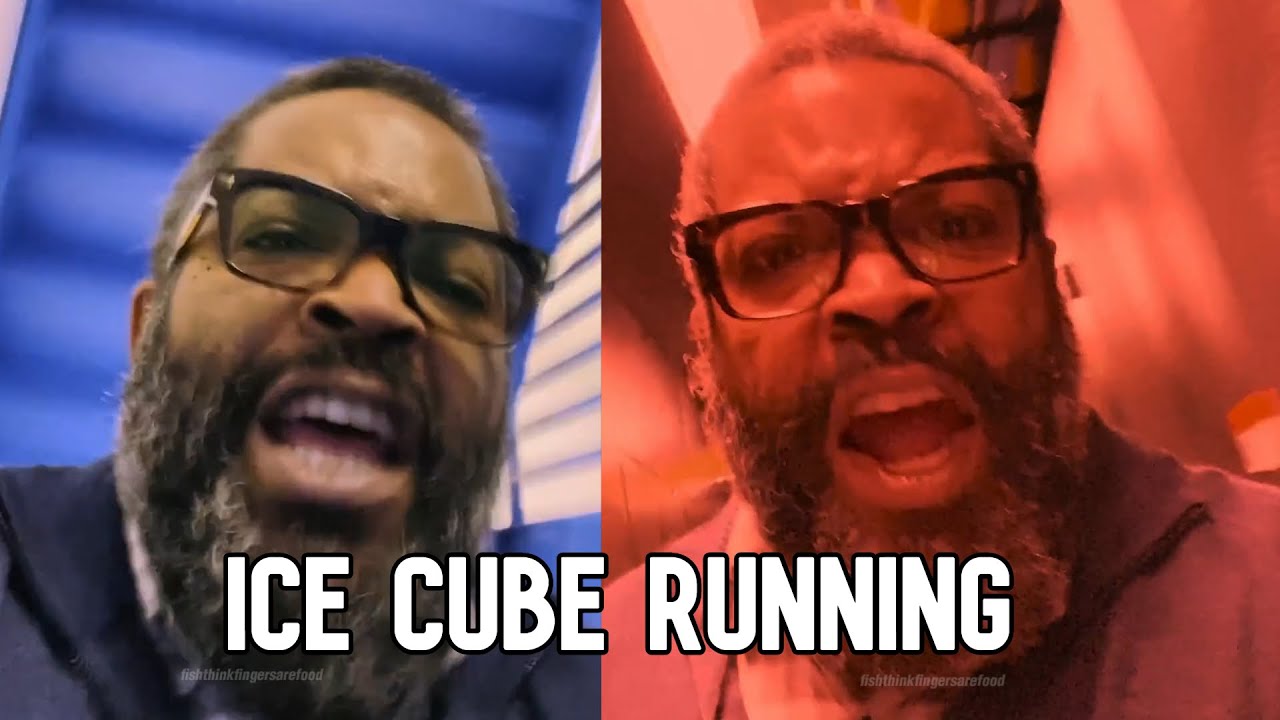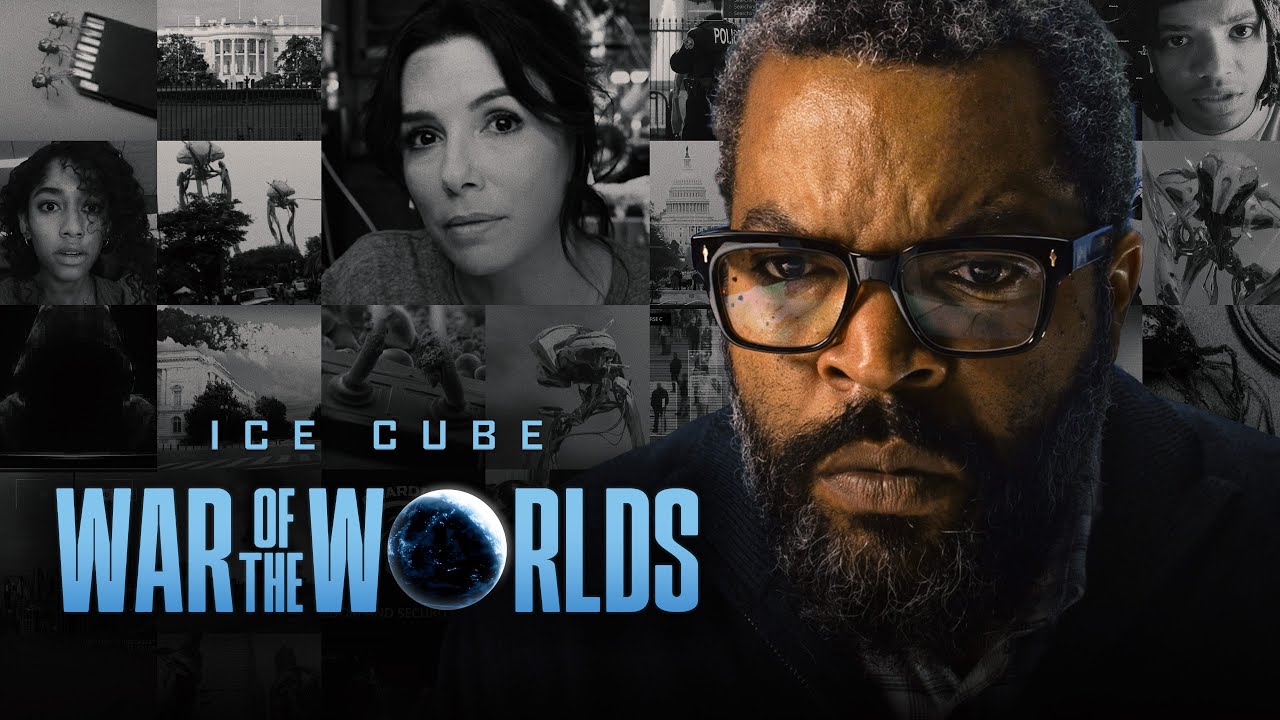The War of the Worlds: Literary Legacy and Cultural Impact
H.G. Wells’ classic novel, “The War of the Worlds,” debuted in 1898, forever altering the landscape of science fiction. This gripping narrative not only presents a chilling account of extraterrestrial invasion but also delves into themes of colonialism, the fear of the unknown, and the sheer struggle for survival against dire odds. These elements echo through generations, enabling adaptations in films, TV shows, and even video games, proving the story’s relevance in our discussions about alien encounters today.
The influence of “War of the Worlds” extends far beyond its initial publication. It has sparked countless debates about societal anxieties—from the concerns of imperialism during Wells’ time to modern-day fears about technological and environmental crises. This enduring tale casts a long shadow over the sci-fi genre, challenging creators to question human nature and our place in an expansive universe.
Among its many adaptations, the story has lent itself to different interpretations and commentaries, making the narrative versatile and relatable. Alien invasions, depicted through the lens of human conflict and vulnerability, resonate with audiences who find themselves grappling with contemporary issues. From climate change to global pandemics, Wells’ vision remains a powerful tool for both artists and audiences to explore the essence of humanity.

Top 5 Modern Adaptations of War of the Worlds and Their Recent Impact
This BBC adaptation reimagines the classic narrative against the backdrop of early 20th-century England. It dives deeper into class and gender dynamics, highlighting how the Martian invasion serves as a catalyst for personal growth and societal upheaval. The series embodies a crucial shift in representation, offering nuanced character arcs that reflect contemporary issues.
In a surprising twist, this latest installment of the Transformers franchise channels themes from Wells’ original. It integrates advanced alien technologies with characters that echo the moral complexities surrounding alien encounters. The Autobots, like humans facing Martian threats, strive to thwart an intergalactic battle, infusing its thrilling spectacle with deeper existential stakes.
This series provides a modern retelling that feels eerily timely. While the narrative echoes Wells’ fears of human hubris, it also mirrors current global issues, like environmental degradation and societal inequality. By grounding its drama in today’s anxieties, the adaptation feels relevant and urgent, prompting viewers to reflect on their own vulnerabilities.
Not a straightforward adaptation, “Guardians of the Galaxy” nonetheless shares thematic threads with Wells’ tale. The series presents a diverse team battling for survival and harmony against overwhelming forces. This exploration of unity amidst diversity resonates with Wells’ narrative about conflict, while infusing humor and heart into the sci-fi realm.
Spielberg masterfully utilized cutting-edge special effects to heighten the horror of alien invasion in his adaptation. By framing the narrative through a family’s lens, he introduced a personal touch, reflecting post-9/11 fears. His film drove home the idea that in the face of calamity, the strength of familial bonds can emerge as humanity’s greatest weapon.
The Continuous Evolution of Alien Invasion Narratives: From Literature to Film
Understanding the evolution of alien invasion narratives reveals much about humans’ ever-shifting relationship with the ‘other.’ Initially painted as pure terror, the alien invaders of Wells’ time have transformed into complex figures that invoke partnership and understanding. The originality of “Transformers: Rise of the Beasts” and the team dynamics in “Guardians of the Galaxy” highlight this evolution, as they balance fear and camaraderie.
What used to be solely an exploration of dread has morphed into a rich tapestry that challenges audiences to consider various outcomes. Films today delve into the psychology of alien encounters, shifting away from purely fear-driven experiences. It’s fascinating to observe how alien narratives adapt to societal changes, offering multilayered interpretations in the process.
Through each adaptation, we’re encouraged to scrutinize not just the fear of the extraterrestrial but also the fears we carry within ourselves. This reflects a broader cultural evolution—the acknowledgment that the perceived enemy could ultimately lead us to self-understanding, cooperation, and, sometimes, unexpected alliances.

The Global Influence of War of the Worlds on Sci-Fi Genres
H.G. Wells’ vision has transcended the bounds of literature, influencing filmmakers and creators globally. The essence of “War of the Worlds” has seeped into indie projects, blockbuster hits, and mainstream culture, spawning a universal fascination with extraterrestrial encounters. Just as filmmakers explore themes of tension, intrigue, and existential dread, they also provide unique cultural interpretations that reflect their societal concerns.
What stands out is how different cultures have shaped their adaptations of this classic narrative. For instance, in Japan, “Shin Godzilla” draws inspiration from the invasion tropes of Wells while embedding its own context of environmental disaster and political critique. This illustrates the narrative’s adaptability, allowing it to resonate within diverse frameworks.
Moreover, the reception of these adaptations shows that the thematic heart of “War of the Worlds” remains strong. It highlights humanity’s resilience—the unapologetic drive to endure against not just alien threats but also the internal conflicts that define our existence. Audiences worldwide continue to be captivated by these interpretations, ensuring Wells’ legacy remains vibrant in contemporary storytelling.
Final Thoughts on the Future of Alien Invasion Narratives
As we plunge further into the 21st century, we can expect alien invasion narratives like “War of the Worlds” to adapt and reflect current global challenges, from climate change to technological advancements. The narrative brilliantly encapsulates a society grappling with its fears and uncertainties. As such, it serves as an ideal vehicle for exploring extraterrestrial encounters that are increasingly relevant in today’s world.
In the coming years, we might see new adaptations that take inspiration from Wells’ foundation, yet weave in contemporary subjects such as social justice, environmentalism, and technological ethics. The future remains ripe with potential for storytelling, embedding Wells’ timeless questions into the fabric of modern narratives.
As we look ahead, it’s clear that the themes of “War of the Worlds” will influence not only filmmakers but also a range of creative minds throughout the entertainment landscape. Artists will continue to draw upon this rich literary legacy to challenge the boundaries of fear and understanding, keeping the dialogue about what it means to be human ongoing, even in the face of the unknown.
In a world increasingly rife with uncertainty, “War of the Worlds” isn’t just a classic tale of survival; it’s an invitation to wrestle with our deepest fears and ultimately find unity and resilience. Whether streaming “Guardians of the Galaxy” or settling down to watch Spielberg’s adaptation, audiences will always find their own stories woven into the fabric of this extraordinary narrative.
War of the Worlds: The Astonishing Story of Alien Invasion
The Origins and Impact of War of the Worlds
Published in 1898, H.G. Wells’ War of the Worlds changed the landscape of sci-fi forever. Did you know that its chilling narrative about Martians invading Earth reflects not just artistic imagination, but also the anxieties of industrialization? In fact, the novel hit hard during a time when technological advancements raised both hopes and fears. Interestingly, it was read widely on the radio in 1938, causing public panic as people mistook it for a real news broadcast—an event that echoes today’s sensational media cycles. It’s reminiscent of how some personalities, like Kathy Griffin, know how to stir public emotion with their high-profile antics.
Adaptations and Cultural References
Over the years, War of the Worlds has inspired a myriad of adaptations. From films to television shows, this story has been reimagined continuously, highlighting its enduring allure. In 2005, Steven Spielberg’s film starring Tom Cruise brought the story back into the mainstream, blending action with the existential dread of alien invasion. Speaking of cultural icons, even Mark Hamil has made mentions of his sci-fi inspirations that trace back to works like War of the Worlds. It’s fascinating how this narrative has woven its way into the fabric of pop culture, revealing our collective fears about the unknown.
Fun Facts About War of the Worlds
Here’s a fun nugget—Wells originally wrote the book in a time when many were skeptical of science and technology. Imagine a literary world where the groundwork for alien invasions was laid while people were debating the merits of trains! The settings in the novel also serve as a critique of colonialism, mirroring the exploitation evident in the times of Pablo Escobar, where one group’s advancement often comes at the expense of another. Moreover, did you know that in 2005, AmazonFresh was launched? Ironically, much like the aliens in War of the Worlds, they aimed to revolutionize how we access our necessities. While the invasion of technology has been a topic of debate, the profound themes of War of the Worlds serve as a reminder of humanity’s vulnerabilities, blending seamlessly into issues that persist even today.
As you delve into War of the Worlds, remember its significant influence on literature and society. It’s a story that keeps giving—highlighting our fears while also leaving room for thrilling adventure, much like pulling on your favorite plaid pajama pants at the end of a long day. Each adaptation continues to spark dialogue about how we view the other, making it a timeless commentary on human nature.








